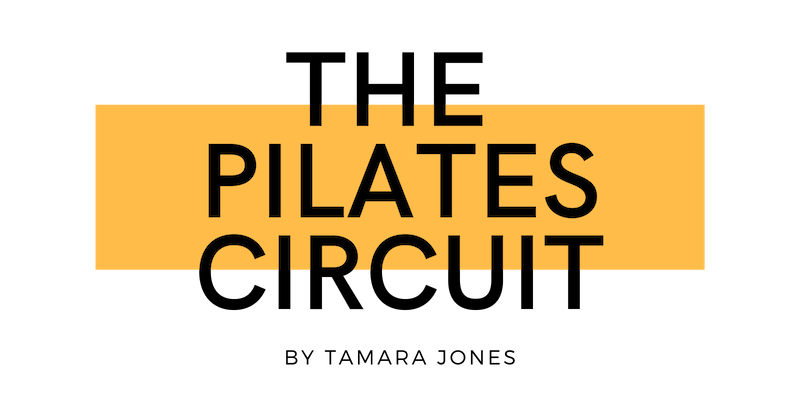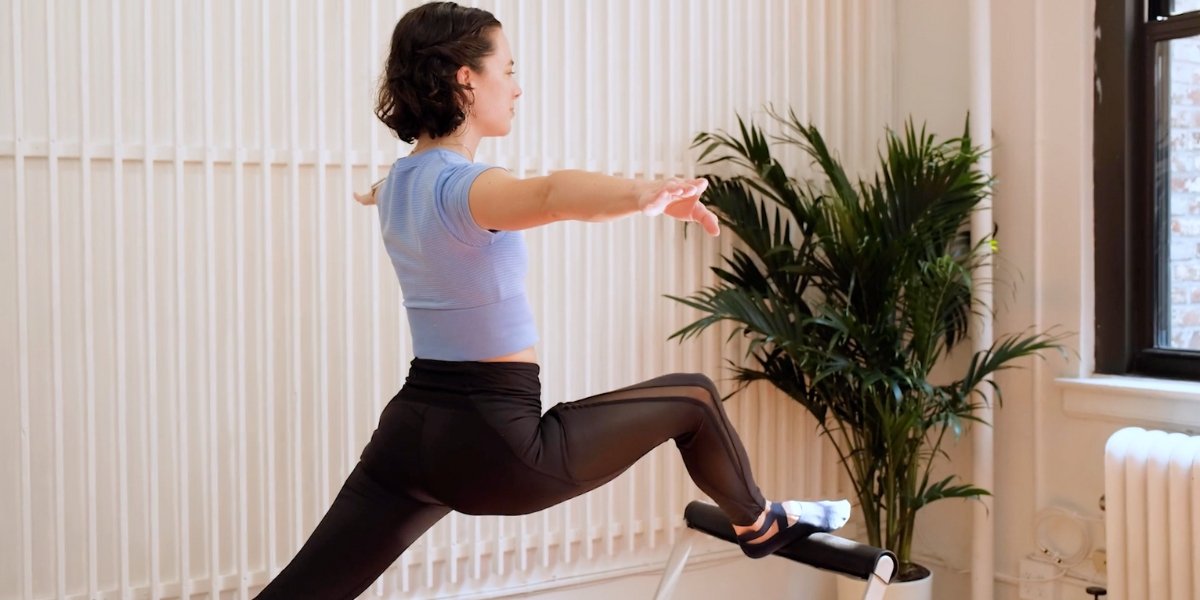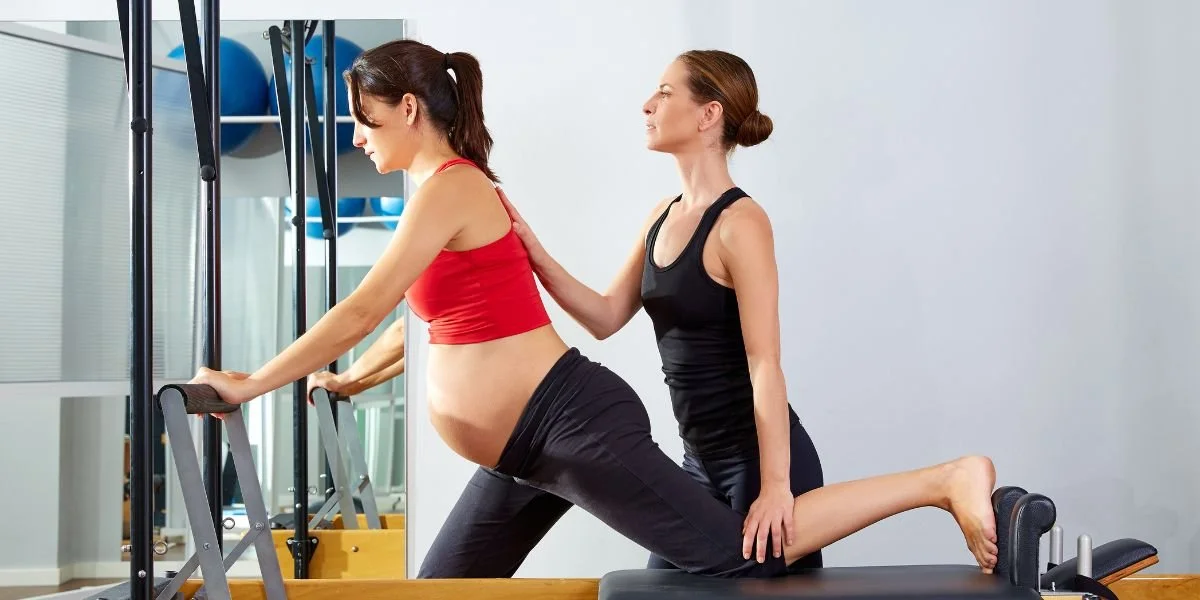How Long is a Pilates Class On Average?
How long is a Pilates class? While most sessions average around an hour, actual class length depends on factors like your goals, experience level, and whether you’re in a group or private setting. Learn what shapes the structure of a typical class—and how to make every minute on the mat count.
The 5 Best Pilates Ab Exercises to Strengthen Your Core & Feel The Burn
Pilates ab exercises are a powerful way to strengthen your core and improve stability. Unlike traditional workouts, these five expert-approved moves target deep core muscles for a more effective, full-body workout. Ready to feel the burn and build lasting strength?
How Much Are Pilates Classes? (Complete Guide)
How much does Pilates cost? Learn what impacts pricing, from class type to location, so you know what to expect before you book.
Can I Do Pilates If I Have a Hernia?
Can you do Pilates if you have a hernia? The answer is yes—but with proper modifications and guidance. A hernia requires careful exercise selection to avoid excessive strain while still strengthening the core. Pilates, when approached mindfully, can help build stability and improve mobility without worsening symptoms. By focusing on controlled movements, breathwork, and alignment, you can practice safely while supporting recovery. Learn how to adapt your Pilates routine and discover which exercises to avoid to protect your body and prevent further injury.
Does Pilates Tone Your Body? (Everything You Need To Know)
Pilates is a powerful workout for toning, focusing on core engagement, controlled movements, and building lean muscle mass. By targeting various muscle groups and enhancing posture, Pilates helps sculpt a more defined physique.
Is Pilates Good for High Blood Pressure?
Is Pilates good for high blood pressure? The answer is yes! Pilates is an excellent low-impact exercise that can offer numerous health benefits, including helping to manage high blood pressure.
Can You Do Pilates at Home Effectively?
Can you do Pilates at home? Absolutely! Pilates is a versatile workout that focuses on controlled movements, breathing, and body awareness—making it easy to practice anywhere. With the right setup, technique, and consistency, you can achieve great results from the comfort of your home.
How Does Pilates Help with Flexibility & Balance? (7 Ways)
Does Pilates help with flexibility & balance? Yes! Pilates uses controlled movements, core engagement, and proper alignment to improve mobility and stability. By focusing on muscle elasticity, joint mobility, and postural awareness, Pilates helps you move with greater ease and confidence. Whether you're looking to enhance flexibility, prevent injury, or build better balance, incorporating Pilates into your routine can lead to lasting improvements.
8 Common Pilates Mistakes Beginners Make (& How To Avoid Them)
Pilates is a fantastic way to build strength, flexibility, and body awareness, but beginners often encounter challenges. Understanding common Pilates mistakes can help you avoid frustration and accelerate progress in your practice. By focusing on proper technique, breathing, and core engagement, you’ll maximize the benefits of Pilates while reducing the risk of injury.
How to Become a Pilates Instructor: Everything You Need to Know
Curious about how to become a Pilates instructor? Learn the steps, from choosing a certification to building a rewarding career helping others improve their health and well-being. Explore specialization options like reformer Pilates and injury recovery to stand out in this fulfilling field.
The 7 Different Types Of Pilates Explained (& Their Benefits)
Pilates offers a variety of practices, each tailored to specific fitness goals and individual needs. Understanding the different types of Pilates, from Mat to Reformer, helps you choose the right method for strength, flexibility, or rehabilitation. Discover how each style supports your fitness journey with unique benefits and approaches.
Pilates for Injury Recovery: A Gentle Approach to Rehabilitation
Pilates for injury recovery is a gentle, low-impact approach that strengthens muscles, improves flexibility, and promotes healing. Through controlled movements and personalized exercises, Pilates helps address imbalances, restore alignment, and prevent reinjury, supporting a safe and effective recovery process.
3 Pilates Exercises for Sciatica Pain Relief
Pilates offers targeted exercises for sciatica pain relief, focusing on core strength, flexibility, and proper alignment to alleviate discomfort. Movements like Pelvic Tilt, Single Leg Stretch, and Spine Stretch Forward gently mobilize the lower back and reduce tension on the sciatic nerve. Incorporating these exercises into your routine can help improve mobility and support long-term recovery from sciatica. Always consult a professional to ensure the exercises are suitable for your condition.
How To Prepare For Reformer Pilates Classes (5 Tips)
Reformer Pilates combines strength, flexibility, and balance for a full-body workout. Learn how to prepare for reformer Pilates with tips on choosing the right clothing, familiarizing yourself with the equipment, and knowing what to expect for a confident and successful first session.
The 5 Best Walks in Manhattan for a Scenic Retreat
Discover the best walks in Manhattan, where nature, culture, and architecture come together for scenic retreats. From the elevated greenery of the High Line to the iconic landscapes of Central Park and the serene Battery Park Promenade, each path offers unique opportunities to unwind and explore the city’s beauty.
The Top 5 Benefits of Pilates for Lower Back Pain and Sciatica
Unlock relief with Pilates for lower back pain. Strengthen your core, enhance flexibility, and improve posture for lasting comfort.
What to Wear to Pilates Reformer Class? (The Complete Guide)
Discover what to wear to Pilates Reformer class for ultimate comfort and performance. From breathable tops to supportive leggings, dressing thoughtfully can enhance your workout. Many wonder, do you wear shoes for Pilates? The answer lies in grip socks or bare feet, which offer the stability needed for exercises on the Reformer. Knowing what to wear for Pilates ensures your attire supports your movements and boosts your confidence. Elevate your Pilates practice today by choosing the right gear for success!
What Is the Best Time of Day for Pilates? (Morning vs. Evening)
The best time of day for Pilates depends on your goals, energy levels, and lifestyle. Morning Pilates can jumpstart your day by boosting energy, focus, and metabolism, while evening sessions offer relaxation, stress relief, and improved sleep. Aligning your practice with your body’s natural rhythms ensures consistency and maximizes results.
Top 6 Benefits of Pilates For Women of All Ages
Pilates provides women of all ages with a versatile fitness approach, focusing on core strength, flexibility, and mental well-being. From supporting pelvic floor health to improving posture, enhancing bone density, and aiding in pregnancy recovery, Pilates addresses key aspects of women's health. This transformative practice adapts to every stage of life, offering tailored exercises for fitness goals and long-term wellness.
Can You Do Reformer Pilates While Pregnant?
Can you do Reformer Pilates while pregnant? Discover safe prenatal exercise insights for expectant mothers.




















